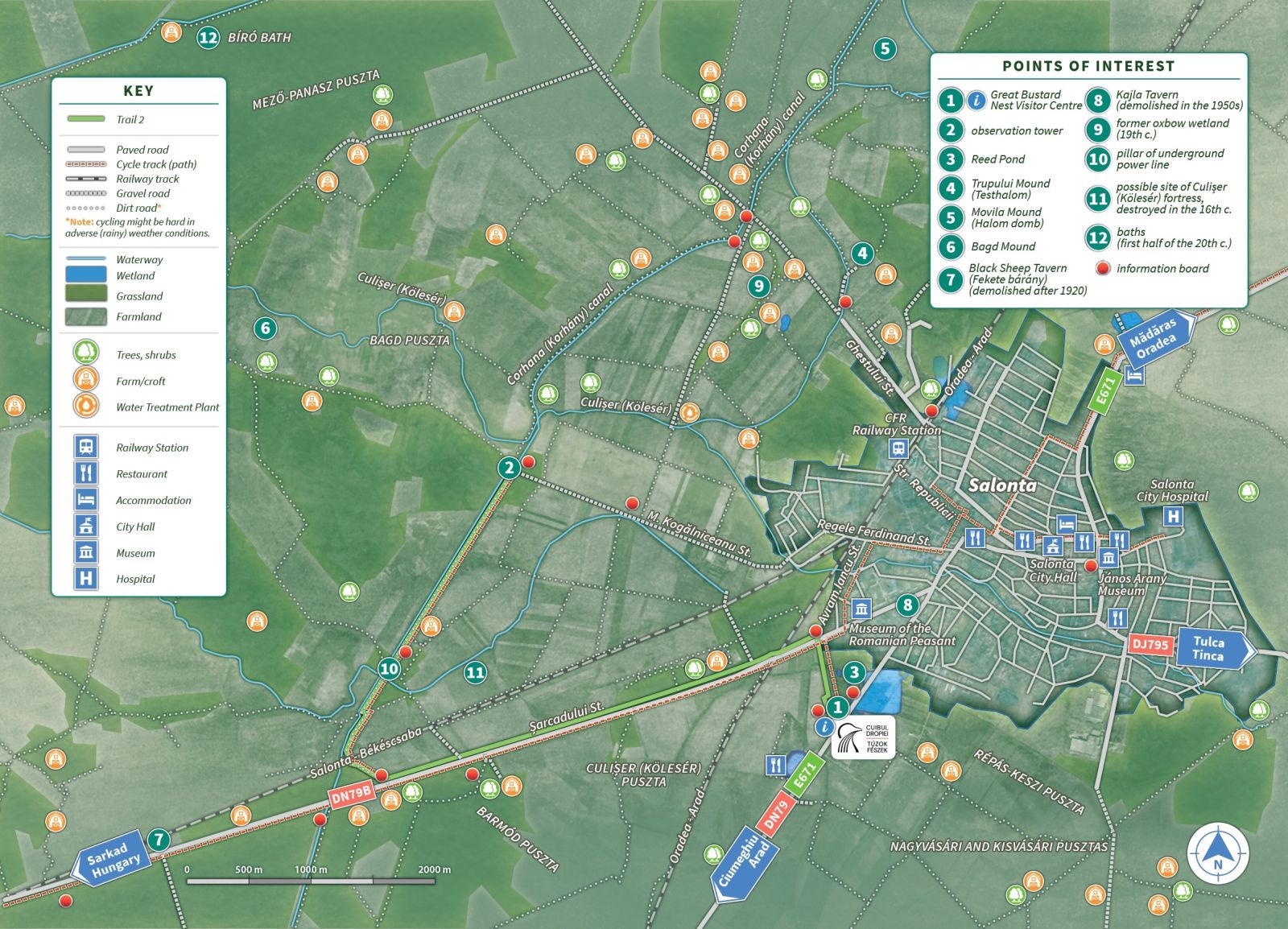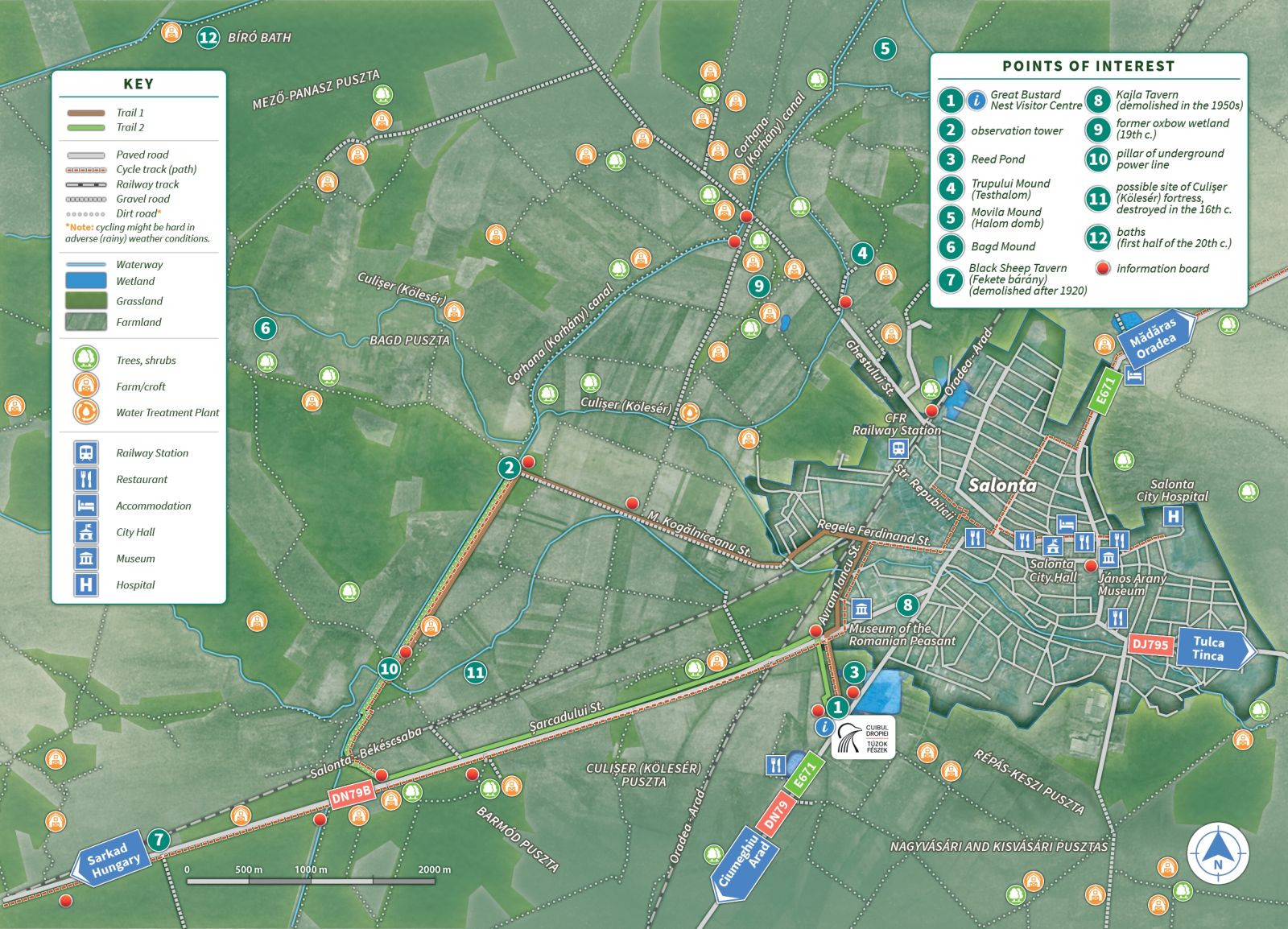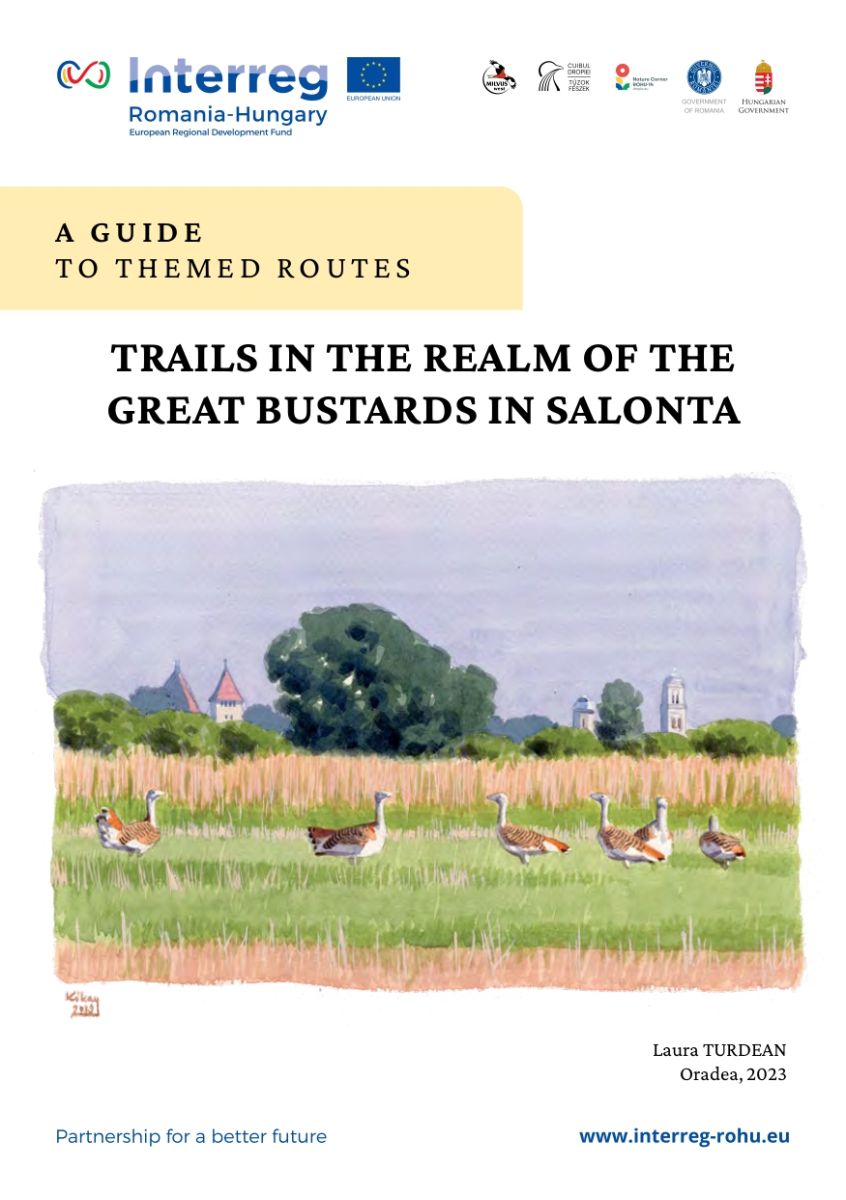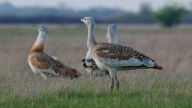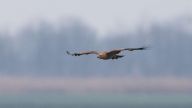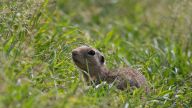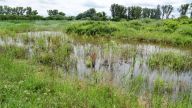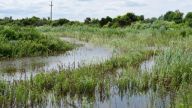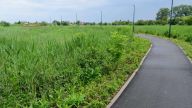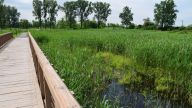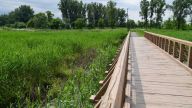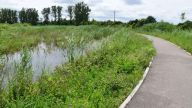The rehabilitation of the reed lake, a swamp that had become eutrophicated in the Culișer meadow, located in Salonta, Bihor county, has been carried out in the past 3 years within our project based on cross-border public-private partnership.
Trail 2: Natural Riches of the Steppe

This route will take you deep into the puszta of Salonta while making you more familiar with the Pannonic steppe. The Reed Pond will unveil what this wet and marshy landscape once looked like.

| Distance: | 7.7 km |
| Duration: | (one way): about 3hrs (on foot) / 1h30’ (by bicycle) |
| Means of transport: | on foot, by bicycle |
| Starting point: | observation tower |
| Via: | Reed Pond |
| Destination point: | Great Bustard Nest visitor centre |
| Download track: | Traseul 2 [gpx] Traseul 2 [kmz] Trails 1+ 2 [kmz] Trails 1 + 2 [gpx] |

Highlights and points of interest:
- >> The Pannonic Steppe
- >> What is an ecosystem?
- >> The Puszta of Salonta
- >> European Protected Species in the Area of Salonta
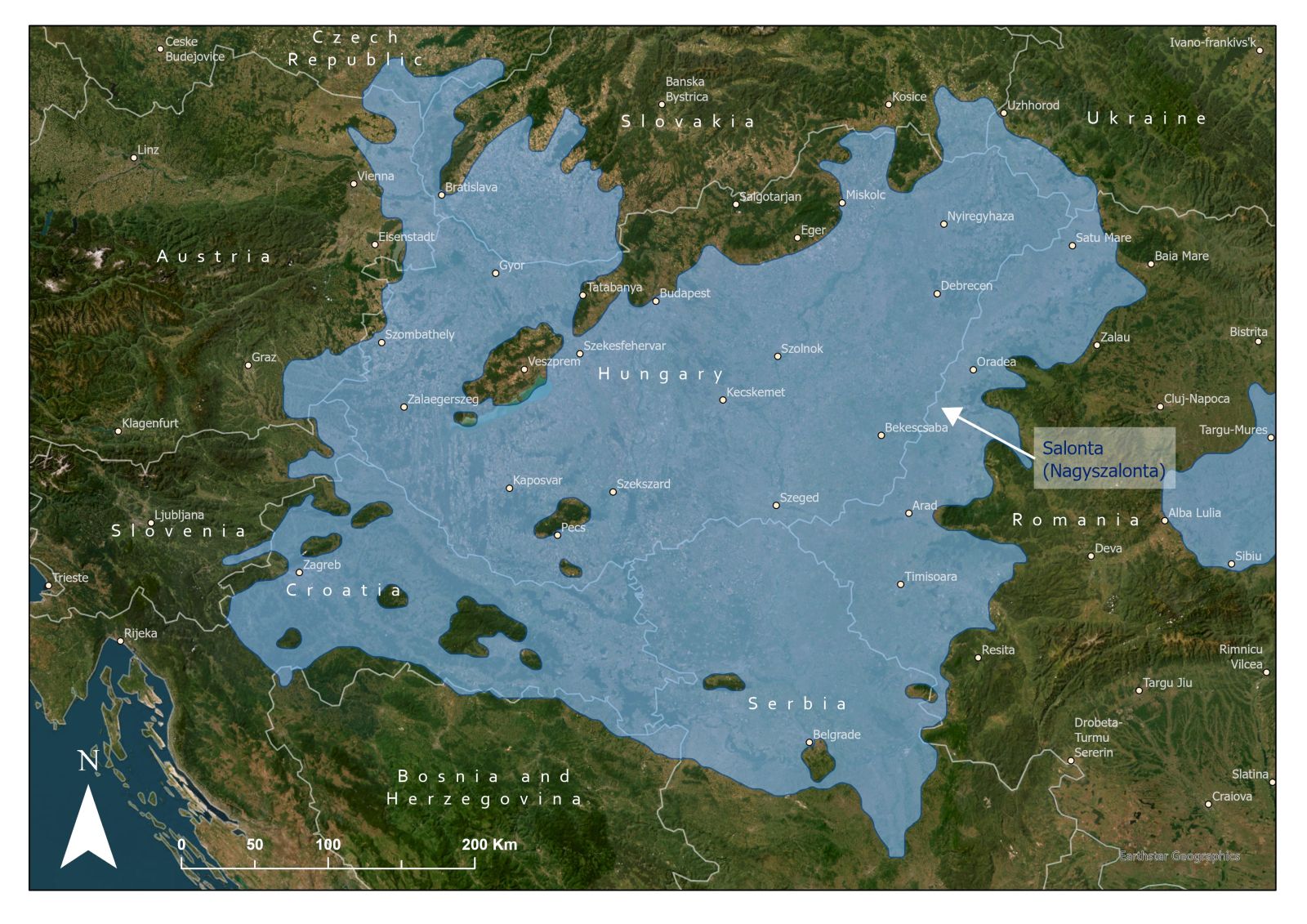
when the Carpathian Mountains isolated it from the
rest of Parathetys / Data source: Qorilla/Wikimedia
The Pannonian Region is mainly represented by a vast plain, enclosed by mountains – the Carpathians in the north and east, the Alps in the west and the Dinaric Alps in the south. This flat alluvial basin, crossed from north to south by the Danube and Tisza rivers, used to be a continental sea in ancient times - the Parathetys Sea.
Because of its name, one might think that the Puszta, the landscape of the Pannonian Steppe, is barren (in Hungarian, 'puszta' means bare, empty). But this couldn't be further from the truth. The Pannonian Steppe, an exclave of the Eurasian Steppe, is an example of a semi-natural grassland ecosystem - including habitats under threat like *Pannonic loess steppic grasslands (6250) or *Pannonic sals steppes and salt marshes (1530) - preserved since the last Ice Age and maintained by humans through livestock grazing for over two millennia.
There is a rare type of habitat on the outskirts of Salonta - found mainly in the Carpathian Basin and having conservation priority within the European Community - with rich mineral and salty soils, hence its name - *Pannonic salt steppes and Pannonic marshes (1530). This habitat is home to species of plants and animals typical for steppes, some of which are threatened globally: Great Bustard, Eastern Imperial Eagle, Saker Falcon or the European Ground Squirrel.
An ecosystem stands for a community of living organisms and their interactions with the environment, forming an intricate, interlinked system.
In habitats altered or created by humans, like pastures or croplands, it is necessary to take conservation measures - either to protect the biodiversity and certain species, or to preserve the aesthetic and cultural value of the landscape. One such example near Salonta is the ecological management of the eutrophic (nutrient-rich) pond, where the so-called Reed Pond (Nádas-tó in Hungarian) once existed. On a small scale, it is a semi-natural freshwater ecosystem, which used to be a wiggling stream.
Trails in the Realm of the Great Bustards in Salonta | Copyright © Milvus Transilvania Vest Association, 2023. All rights reserved. Data source: Google © 2023 CNES / Airbus | © Maxar Technologies | © Airbus
All data have been carefully inserted, yet we do not claim and cannot guarantee that these are unflawed. It was not possible to show all the roads, landmarks and points of interest on this map scale.
